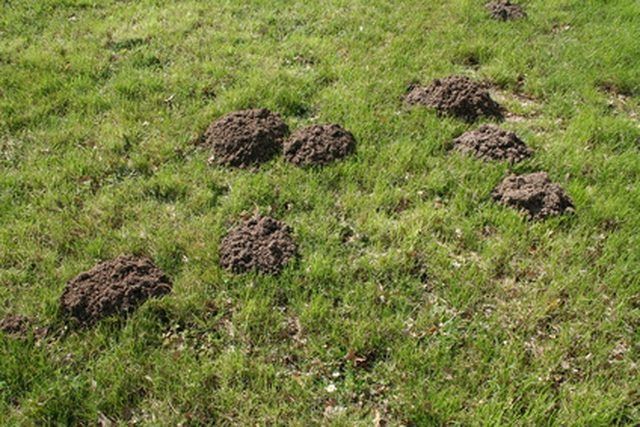Bulbs
Flower Basics
Flower Beds & Specialty Gardens
Flower Garden
Garden Furniture
Garden Gnomes
Garden Seeds
Garden Sheds
Garden Statues
Garden Tools & Supplies
Gardening Basics
Green & Organic
Groundcovers & Vines
Growing Annuals
Growing Basil
Growing Beans
Growing Berries
Growing Blueberries
Growing Cactus
Growing Corn
Growing Cotton
Growing Edibles
Growing Flowers
Growing Garlic
Growing Grapes
Growing Grass
Growing Herbs
Growing Jasmine
Growing Mint
Growing Mushrooms
Orchids
Growing Peanuts
Growing Perennials
Growing Plants
Growing Rosemary
Growing Roses
Growing Strawberries
Growing Sunflowers
Growing Thyme
Growing Tomatoes
Growing Tulips
Growing Vegetables
Herb Basics
Herb Garden
Indoor Growing
Landscaping Basics
Landscaping Patios
Landscaping Plants
Landscaping Shrubs
Landscaping Trees
Landscaping Walks & Pathways
Lawn Basics
Lawn Maintenance
Lawn Mowers
Lawn Ornaments
Lawn Planting
Lawn Tools
Outdoor Growing
Overall Landscape Planning
Pests, Weeds & Problems
Plant Basics
Rock Garden
Rose Garden
Shrubs
Soil
Specialty Gardens
Trees
Vegetable Garden
Yard Maintenance
How to Kill Moles in Washington State
How to Kill Moles in Washington State. A beautiful lawn is a testament to hours of hard work. Moles can destroy that work in no time by digging tunnels under the grass, looking for earthworms and other food. Their excavations disrupt the grass roots and leave unsightly piles of dirt---mole hills. Although Washington state allows the killing of...

A beautiful lawn is a testament to hours of hard work. Moles can destroy that work in no time by digging tunnels under the grass, looking for earthworms and other food. Their excavations disrupt the grass roots and leave unsightly piles of dirt---mole hills. Although Washington state allows the killing of moles, the body-gripping scissor or pinching traps commonly used elsewhere are illegal in the state. There are some legal ways to kill moles in Washington state, according to the Washington Department of Fish and Wildlife.
Things You'll Need
Hose
5-gallon bucket
Chair
Shovel
Water the area of your lawn where the moles appear to be the most active. Moles love moist soil and will be drawn to the area to dig and feed.
Fill a 5-gallon bucket with water and pour it into one of the holes. Repeat with additional buckets to flood the mole tunnel. A running hose can be used, but buckets will work more quickly, according to wdfw.wa.gov.
Set up a chair in the area of your yard where you have watered and flooded the tunnel, making sure you have a full view of the most active mole zone.
Sit quietly and watch for any activity, making sure that your shovel is close at hand.
Seize upon any perceived subterranean movement quickly, delivering critical shovel blows to the moving area.
Dig up the area with a shovel to remove the mole. You want to make sure that it is dead, often necessitating a final blow of the shovel.
Tips & Warnings
Using a gun to kill moles is legal in Washington state, but only in areas where discharging a firearm is legal.
Poisons are ineffective on moles, and gas cartridges are unreliable, according to the Washington Department of Fish and Wildlife.
Cats and dogs are highly effective mole killers and should be considered as auxiliary tools.
Only use a firearm to kill a mole after you check with your local law enforcement agency to determine if it is legal to fire a weapon in your area. You must follow proper firearm safety rules and make sure no one is in danger of being injured by a stray bullet.
Moles can bite and scratch, so be sure a mole is dead before handling it.
If you use toxic mole bait, follow directions on the label to prevent poisoning people, pets and other animals.
Flooding a tunnel too close to a building can flood the crawl space or basement, or damage the foundation.